Architects: Showcase your next project through Architizer and sign up for our inspirational newsletter.
New multifamily housing helps increase the supply of much-needed affordable units while mitigating the environmental impact of building single-family houses. Dense housing development promotes access to public transit, reduces heating costs, and limits urban sprawl. Poland is well known for this typology and the planned housing blocks that were ubiquitous during the communist era remain popular today.
Such housing developments range in size and style, from the new city and social realist paradise of Nowa Huta outside of Kraków to Jadwiga Hawrylak-Grabowska’s Brutalist “Manhattan” Estate in Wrocław, but are united by the common aim of addressing housing scarcity and affordability. The following five projects continue the tradition of housing the masses and address the need for increased urban housing in Poland without comprising on detailed design.
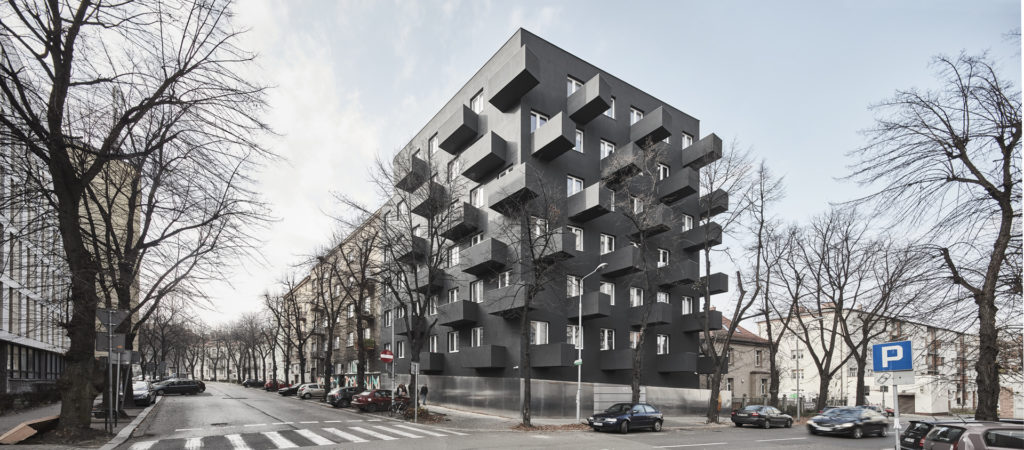
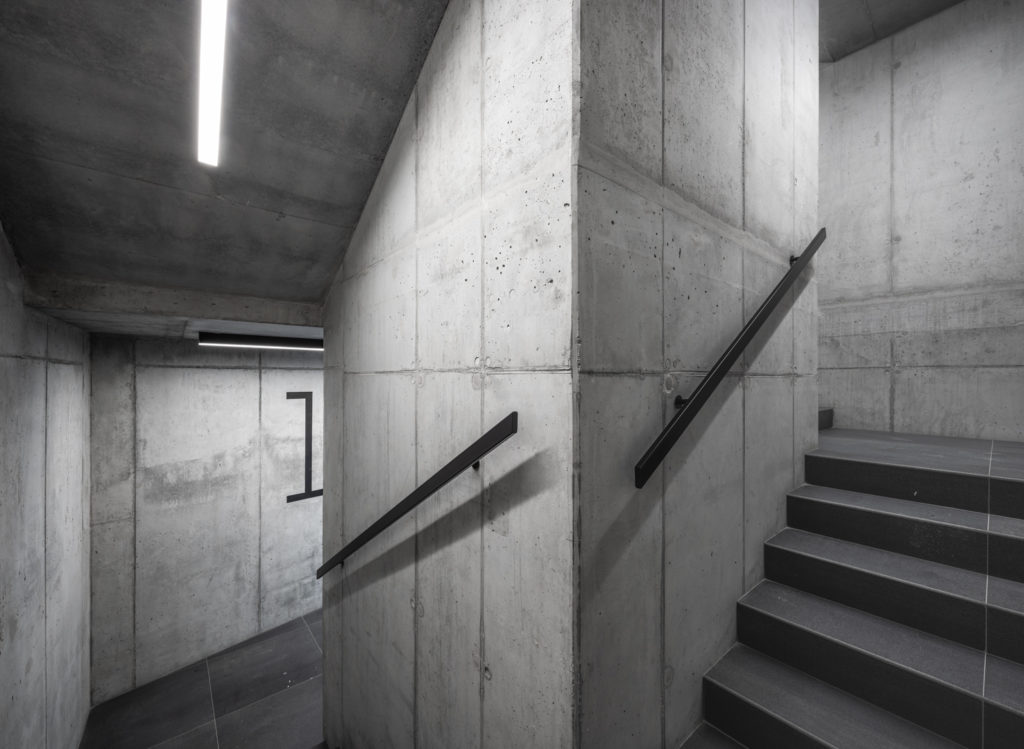
UNIKATO by Robert Konieczny KWK Promes, Katowice, Poland
UNIKATO is distinguished for its unique balconies’ cost-effective design. While on one side, the terraces are narrow and veer outward, upon reaching the other, they become wider, as if at the intersection of two invisible planes. These extraordinary forms create a distinct profile, all the more impressive given the project’s extremely limited budget. The grey color of the apartment references the soot that over time covered Katowice’s modernist architecture and transformed their appearances.
Katowice was an important center of modernism after the rebirth of the Polish state following World War I. The standout structure from the period is the Drapacz Chmur (literally “skyscraper”), a spectacular example of functionalism designed by architect Tadeusz Kozłowski and engineer Stefan Bryła from 1929-34. The corner lot and distinctive balconies of UNIKATO vaguely recall the forms of Drapacz Chmur and bring to mind the city’s significant historical and contemporary role in European architecture.
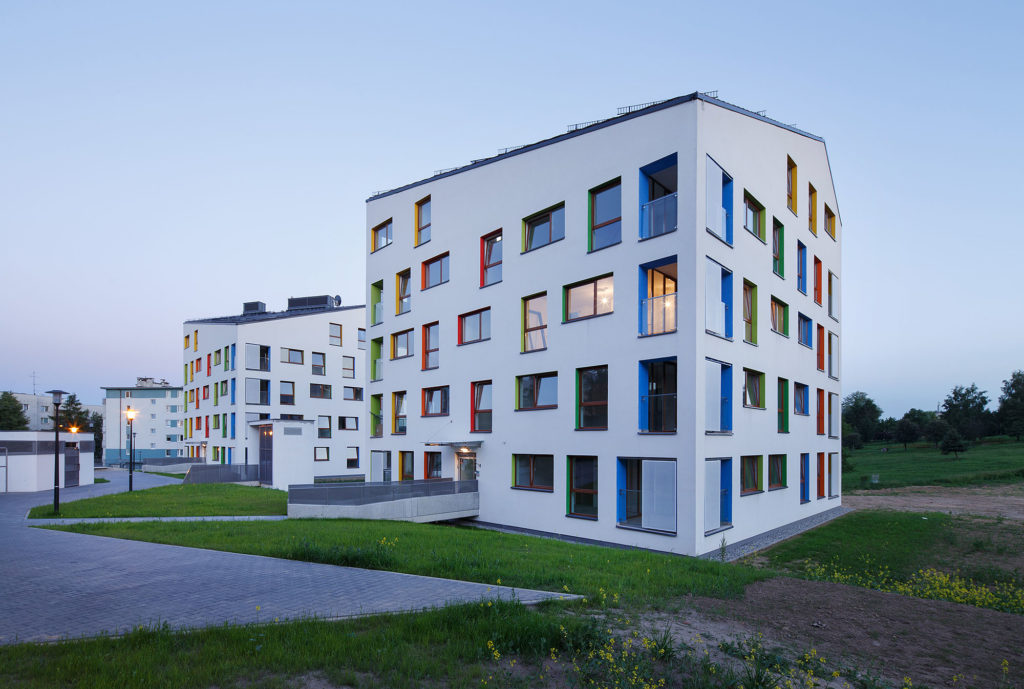
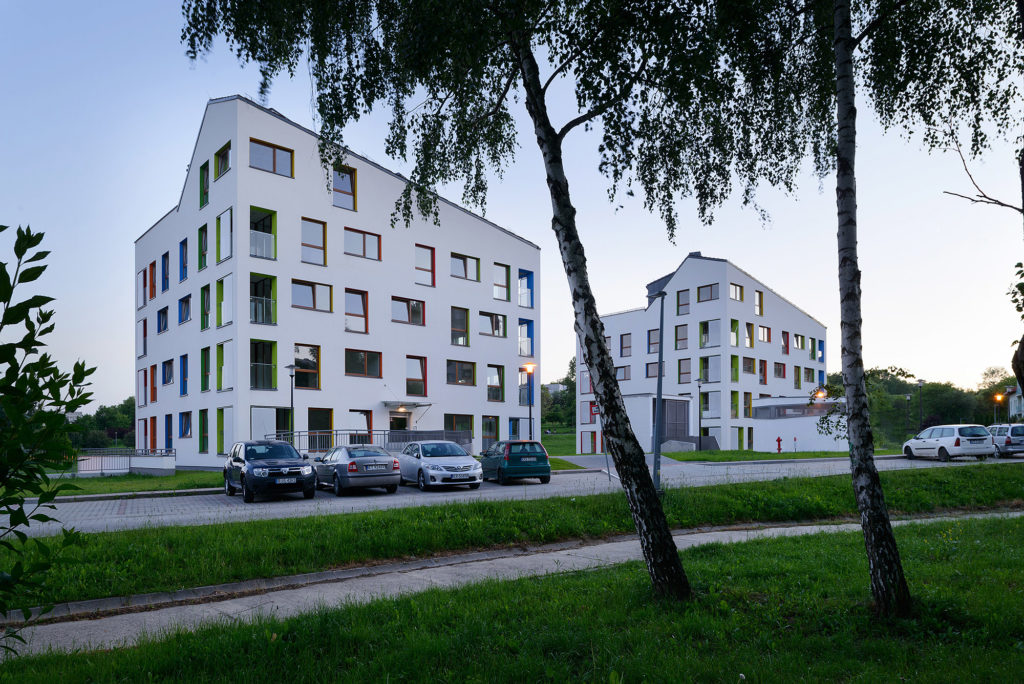
NOWA Nowa Huta by ARCHITEKT.LEMANSKI, Kraków, Poland
A fitting name for new housing, NOWA Nowa Huta plays off of the concept of “new steelworks” — the literal meaning of the name given to the communist regime’s massive planned development outside of Kraków in 1949. As opposed to the monumentally sober avenues of Nowa Huta, Lemanski’s new development embraces color with columns of recessed window boxes in bright tones. The project itself is composed of two large blocks surrounded by a green field.
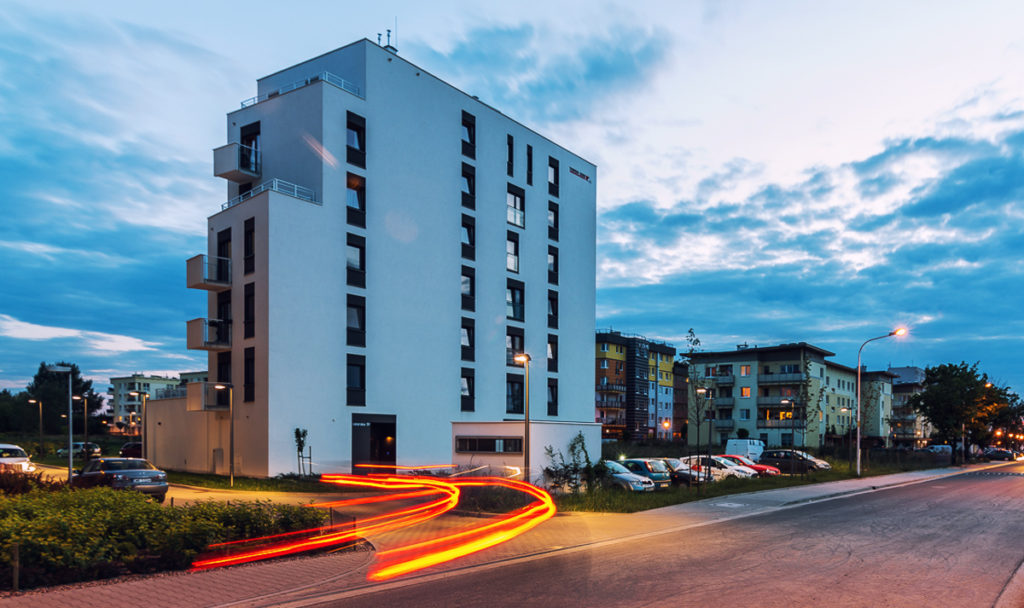
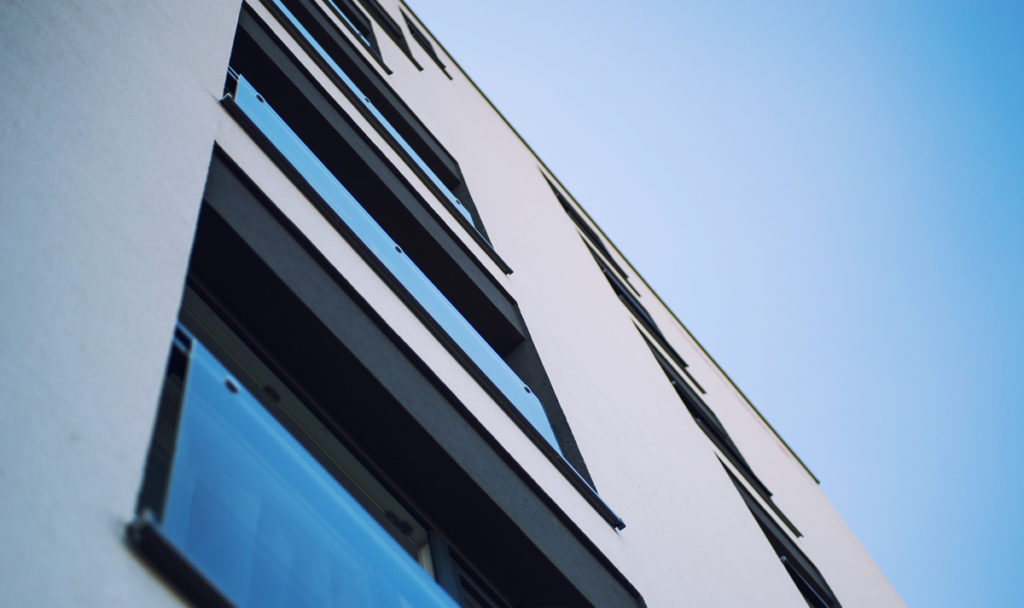
MOON Economy Multifamily Residential by arch_it piotr zybura, Wrocław, Poland
Modernist classics, especially the Bauhaus and Arne Jacobsen, have a strong impact on the work of Piotr Zybura, the architect behind several affordable housing developments in Poland. While the concrete balconies of the MOON Economy Multifamily Residential building recall the student dormitory in Dessau, Zybura elaborates on the modernist tradition with an innovative triangular design that increases natural light and spaces for balconies. As a spectacular addition to Wrocław’s housing stock, the project was honored by the city in the “Beautiful Wrocław” competition.
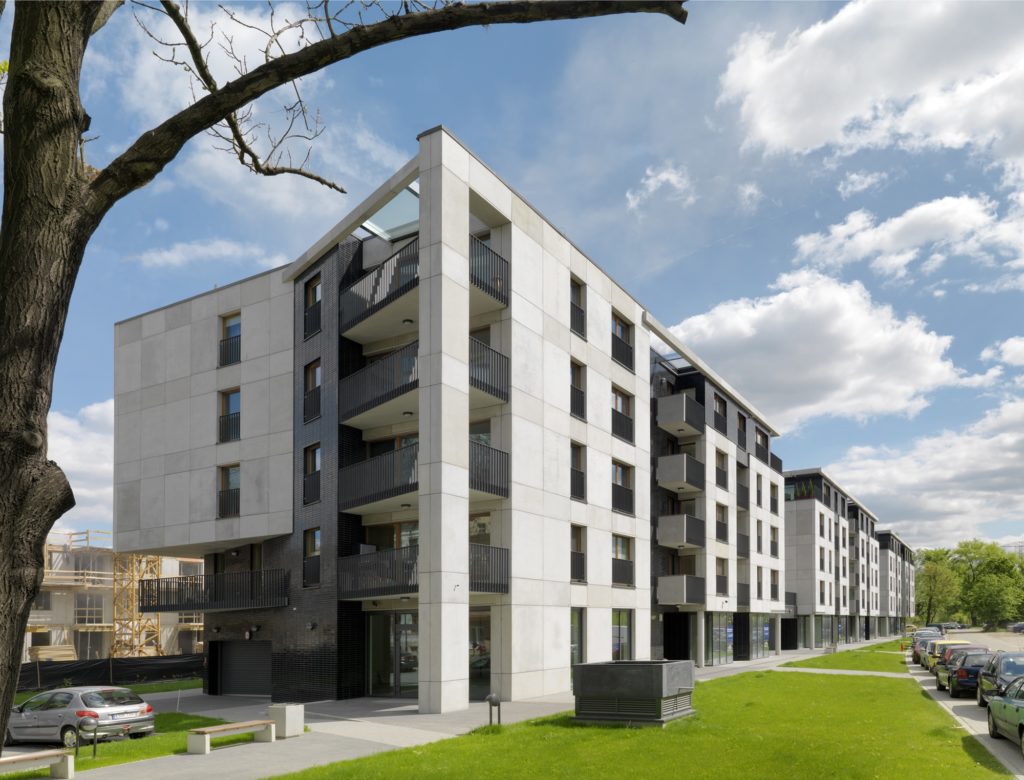
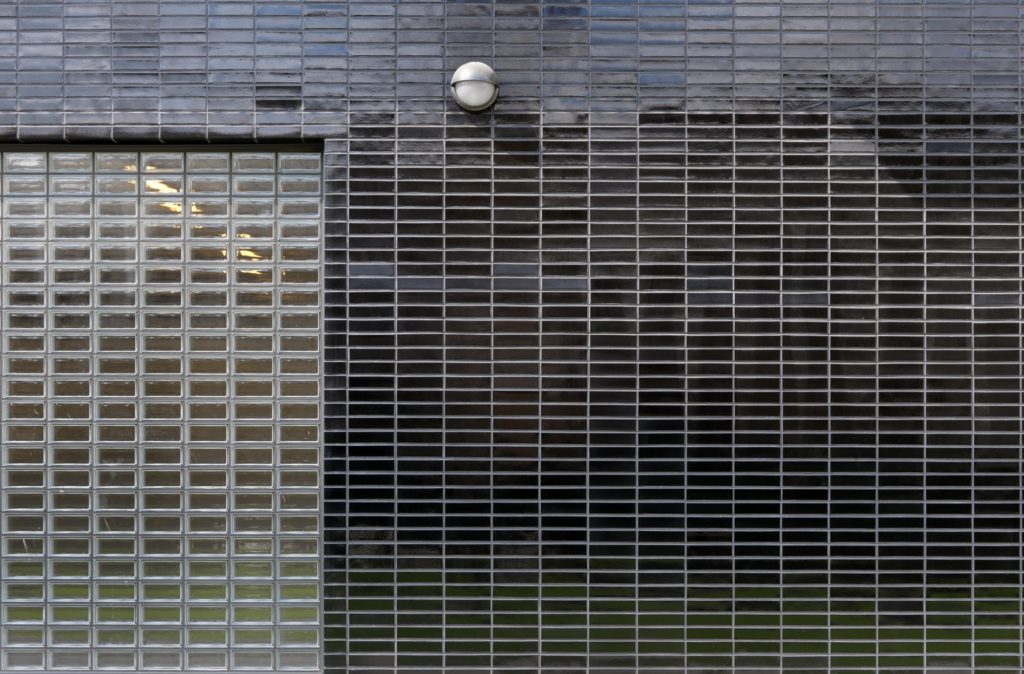
Wandy Tenement Houses by WIZJA architectural office, Kraków, Poland
Glossy ceramic tiles surface the ground level and balcony niches of the Wandy Tenement Houses Development; squat glass blocks complement their sleek surfaces. The project was built on an abandoned industrial site and was aimed at bringing life back to the zone. Although this design was inspired by residential apartments from the 1920s, the project utilizes prefabricated elements, such as concrete slabs, that reduced the cost and construction time. There is also a historical dialogue in the complex’s name “Wandy,” the former name of Zieleniewskiego Street, where the project is located.
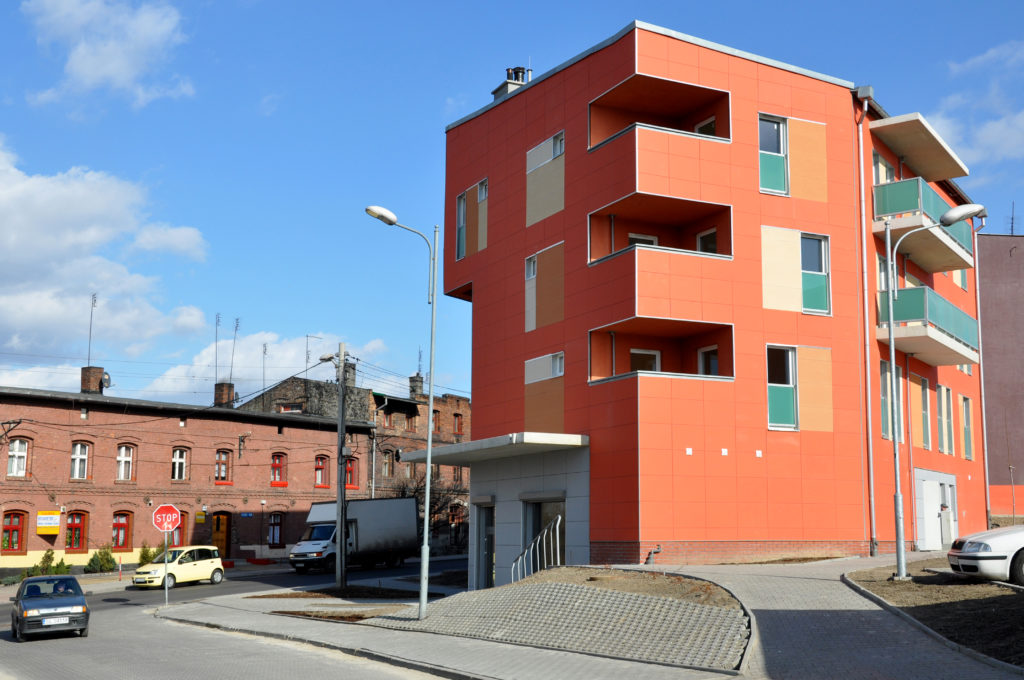
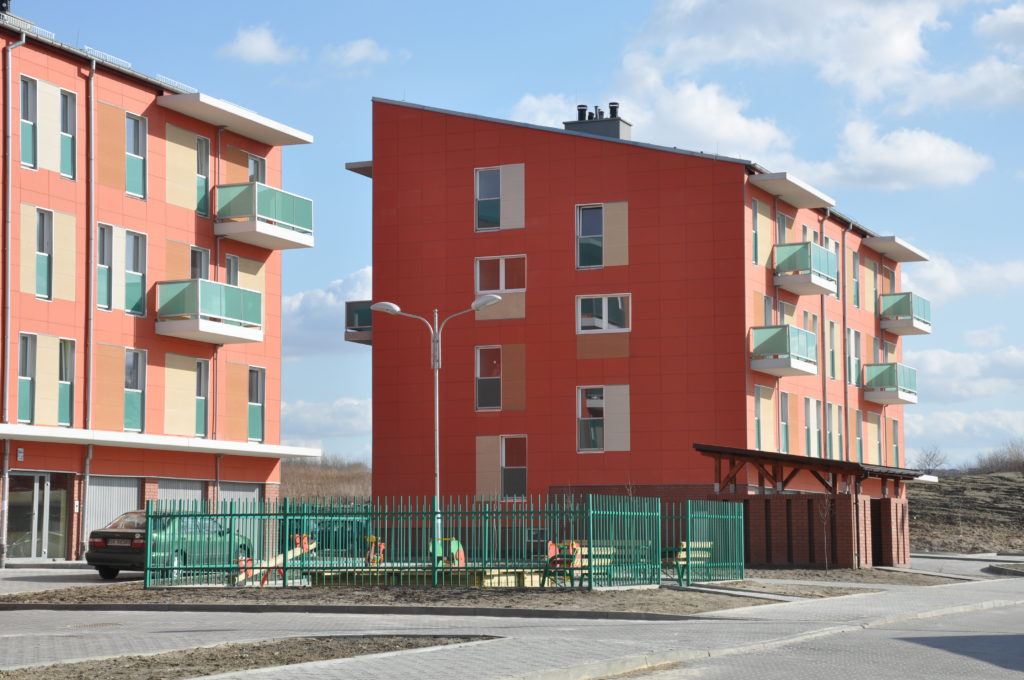
Housing Estate in Ruda Śląska by BPA Katowice, Zabrze, Poland
In a nod to the rust-hued bricks characteristic of Silesia, Poland’s industrial heartland, colorful orange panels cover the surface of the Ruda Šląska Housing Estate. Slanted roofs and a sensitively designed corner block carefully integrate the development into the city’s historic urban fabric. The complex contains 51 apartments and one retail unit, as well as a small square with benches. Garages are located on the first floor, minimizing the space needed for surface parking.
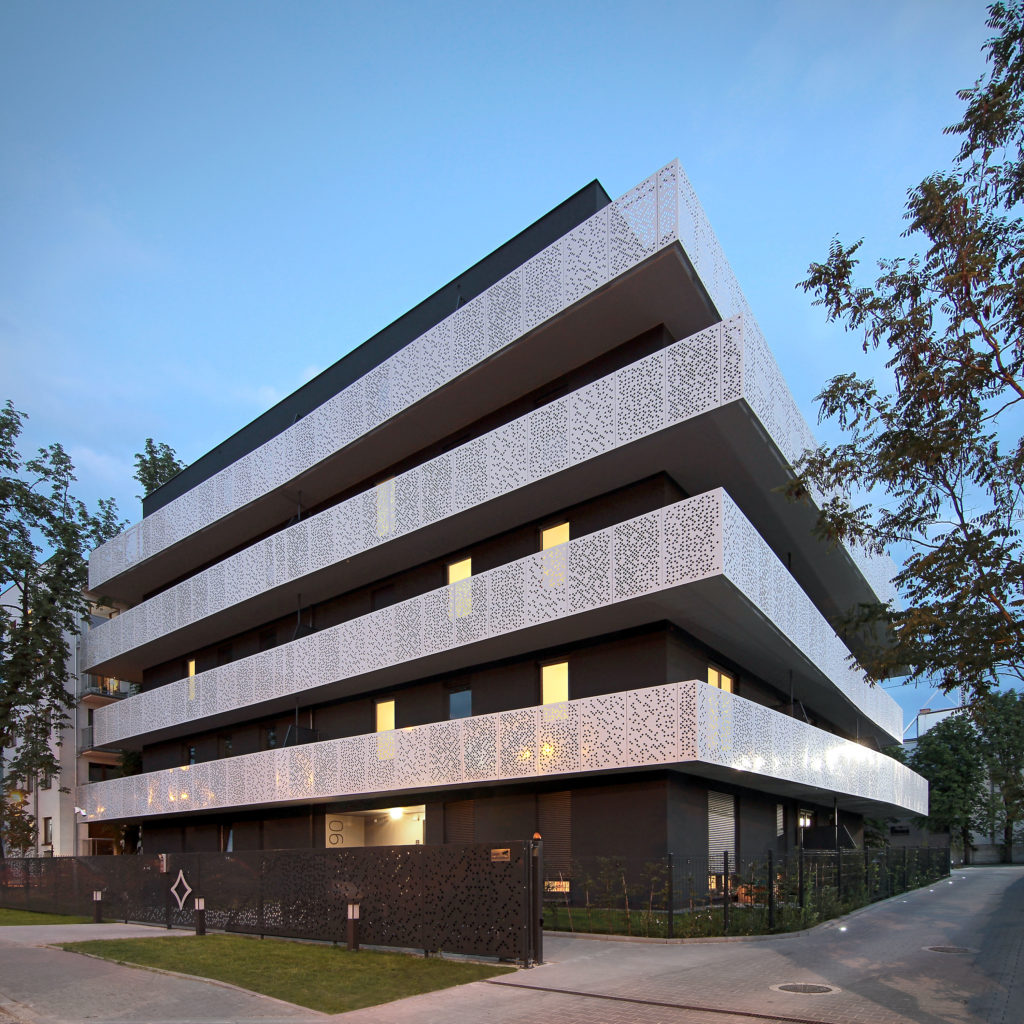
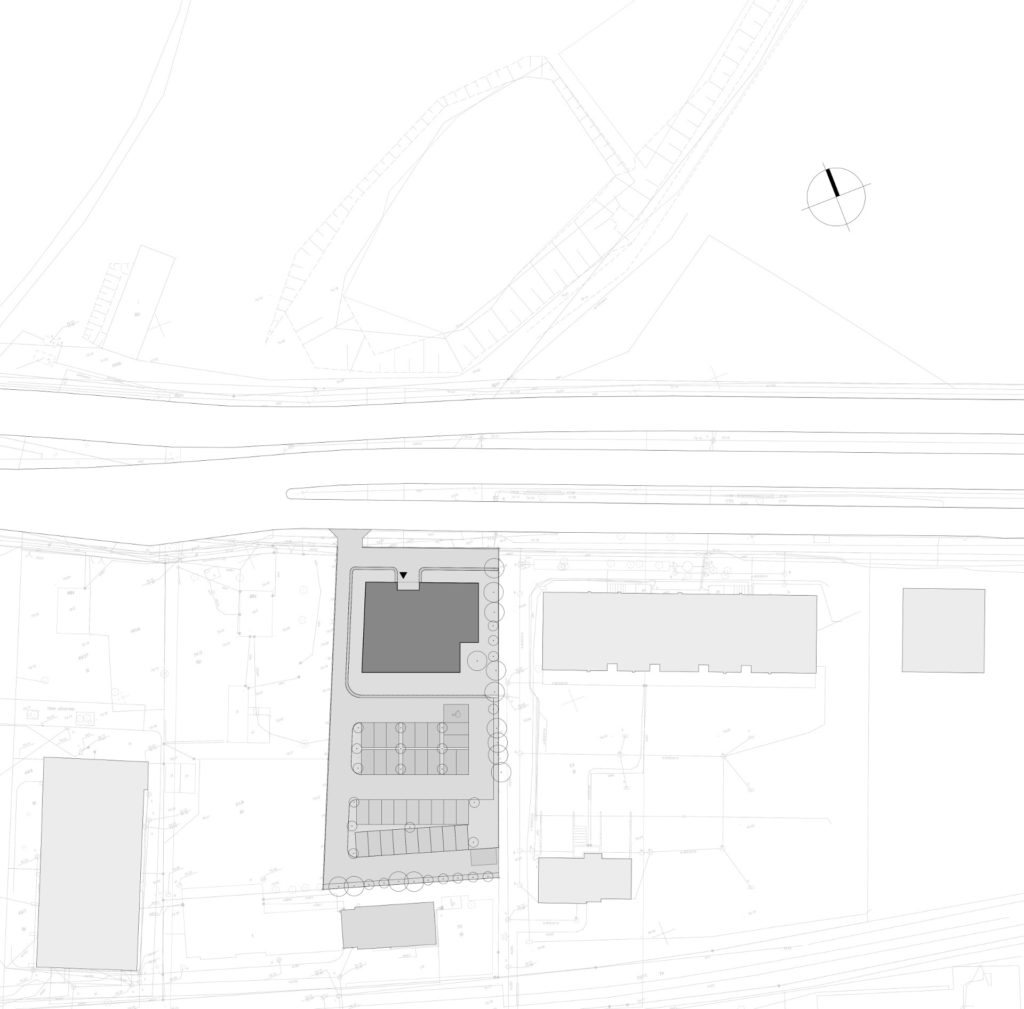
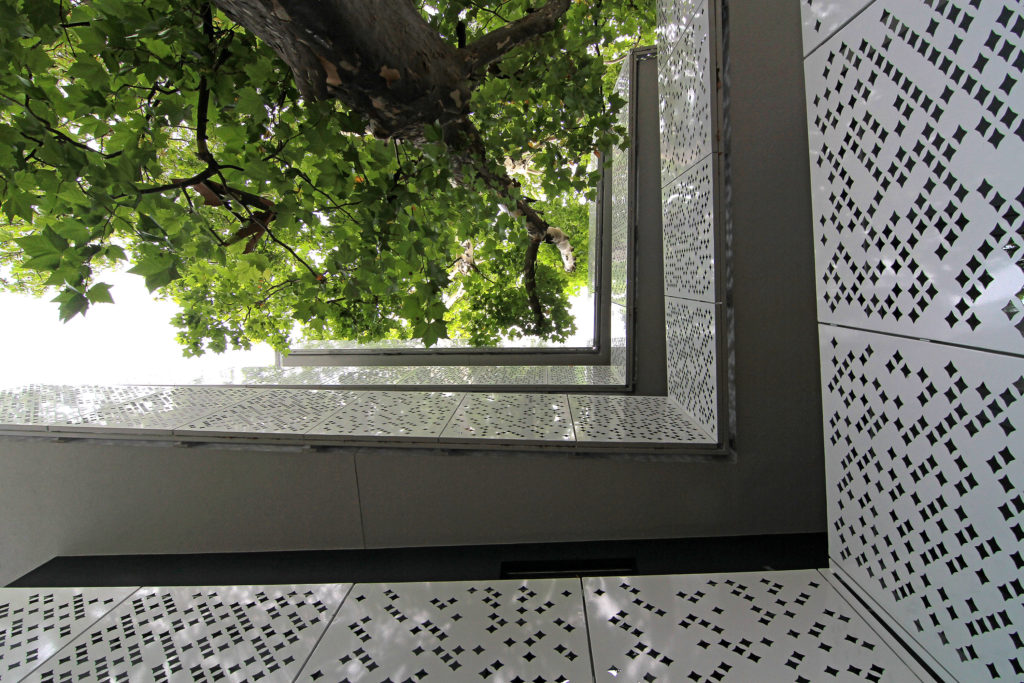
The Górny Taras Multi-Family Residential Building by Neostudio Architekci, Poznań, Poland
The Górny Taras Multi-Family Residential Building consists of a central core with expansive wrap-around balconies. Each floor’s ribbon balcony is perforated and painted in white to contrast with the dark grey of the building. Besides serving as the key feature of the design, the balconies serve several practical functions, providing privacy, permitting air circulation, and filtering natural light.
Architects: Showcase your next project through Architizer and sign up for our inspirational newsletter.
The post Point of Pride: Fresh Takes on Multifamily Housing in Poland appeared first on Journal.